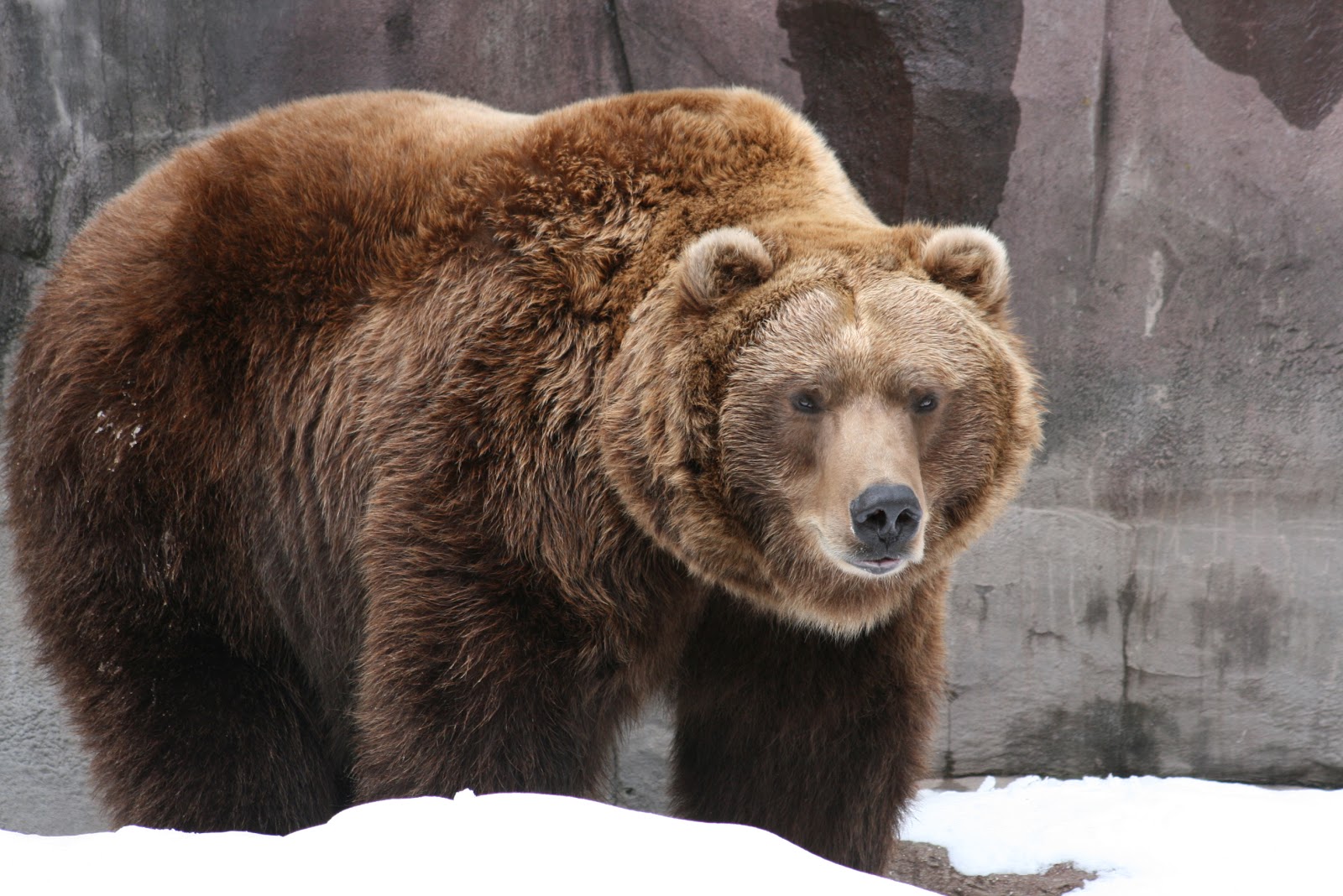The big grizzly bear, an icon of the North American wilderness, captures the imagination of wildlife enthusiasts and nature lovers alike. With their impressive size, strength, and fascinating behaviors, these magnificent creatures have become symbols of untamed nature. From towering mountains to sprawling forests, the big grizzly bear plays an integral role in the ecosystem, serving as both predator and scavenger.
In addition to their ecological importance, big grizzly bears are often shrouded in myths and legends, further adding to their allure. As apex predators, they command respect, and their presence can evoke a sense of awe and fear in those who encounter them in the wild. Observing a big grizzly bear in its natural habitat is a dream for many, but understanding their behavior and habitat is crucial for safety and conservation efforts.
As we delve deeper into the world of the big grizzly bear, we will explore their characteristics, behaviors, and the challenges they face in a rapidly changing environment. From their diet to their mating habits, every aspect of their lives is a testament to their adaptability and resilience. Join us on this journey to discover the wonders of the big grizzly bear and learn how we can help protect this remarkable species for future generations.
What are the Characteristics of the Big Grizzly Bear?
The big grizzly bear is known for its distinctive physical features. Here are some key characteristics:
- Weight: Males can weigh between 400 to 1,500 pounds.
- Height: When standing on their hind legs, they can reach up to 8 feet tall.
- Fur: Their fur can range from light brown to dark brown, with a distinctive hump on their shoulders.
- Claws: Grizzly bears have long, curved claws that can be up to 4 inches in length.
Where Do Big Grizzly Bears Live?
Big grizzly bears primarily inhabit the forests, mountains, and tundra of North America. Their range includes:
- Western Canada
- The northern United States (Montana, Wyoming, and Idaho)
- Parts of Alaska
These environments provide them with the necessary resources for survival, including food, shelter, and space to roam.
What Do Big Grizzly Bears Eat?
The diet of the big grizzly bear is varied and depends on the season. They are omnivorous and consume:
- Berries and fruits in the summer
- Fish, especially salmon, during spawning season
- Insects, roots, and small mammals
- Carrion, including deer and other animals
This diverse diet allows them to thrive in different environments and adapt to changing food availability.
How Do Big Grizzly Bears Behave?
Big grizzly bears are known for their complex social behaviors and intelligence. They exhibit various behaviors, including:
- Foraging and hunting strategies
- Territorial marking and vocalizations
- Mother-cub bonding and nurturing
What is the Reproductive Cycle of Big Grizzly Bears?
The reproductive cycle of big grizzly bears is fascinating. Key points include:
- Mating season occurs from May to July.
- Gestation lasts about 6-8 months, with cubs being born in early spring.
- Cubs stay with their mother for about two years, learning vital survival skills.
What Are the Challenges Facing Big Grizzly Bears Today?
Despite their resilience, big grizzly bears face numerous threats, including:
- Habitat loss due to urban development and agriculture
- Climate change affecting food sources and habitats
- Human-wildlife conflicts, particularly with hunters and hikers
Conservation efforts are crucial to ensure their survival and protect their natural habitats.
How Can We Protect the Big Grizzly Bear?
Protecting the big grizzly bear requires concerted efforts from individuals, communities, and governments. Here are some ways to contribute:
- Support wildlife conservation organizations.
- Educate others about the importance of bears in the ecosystem.
- Practice responsible outdoor recreation to minimize human impact on bear habitats.
Conclusion: The Importance of the Big Grizzly Bear
The big grizzly bear is more than just a majestic creature; it is a vital part of the ecosystem that deserves our respect and protection. By understanding their behaviors, habitats, and the challenges they face, we can work towards ensuring a future where these magnificent animals continue to roam the wilderness. Protecting big grizzly bears is not only essential for their survival but also for the health of our planet as a whole.



